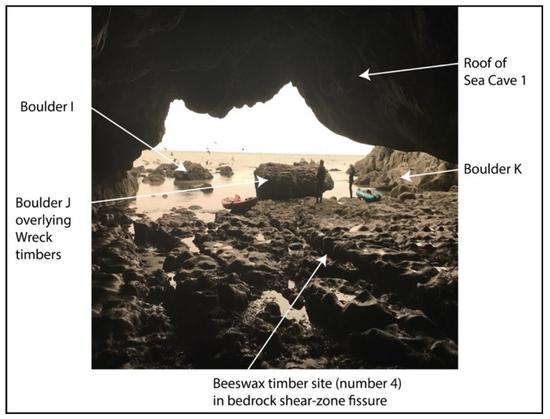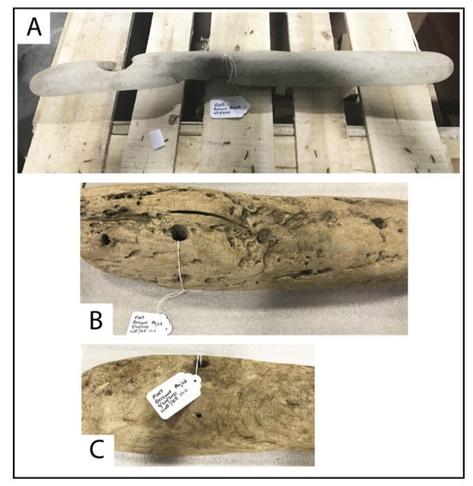Climate-Driven #SeaLevelRise Exacerbates #Alaskan and #Cascadian #Tsunami Hazards in Southern California: Implications to Design Parameters
by Ignacio Sepúlveda, Andrew Mosqueda
First published: 11 March 2025
Abstract
"Tsunami hazards in Southern California are expected to be exacerbated by the #ClimateChange driven sea level rise (#SLR). Two key questions are how relevant is this exacerbation and whether tsunami design parameters are significantly affected. We perform a non-stationary probabilistic tsunami hazard assessment (nPTHA) in the Southern California bays of San Pedro and San Diego, with consideration of tsunamis generated by earthquakes in the Alaska-Aleutians (#ASZ) and Cascadia subduction zones (#CSZ). We evaluate the changes of the maximum considered tsunami (#MCT) design parameter, defined as a tsunami intensity that is exceeded with a 2% probability in 50 years. MCT elevation maps in the bays are calculated incorporating tides and SLR by means of a surrogate model. MCT elevations at assessed sites in San Pedro Bay and San Diego yield 2 m. The nPTHA shows that tsunamis generated in the ASZ zone are more hazardous in Southern California than those from the CSZ when evaluating MCT intensities. A comparison of scenarios with and without SLR also shows an increase of the MCT elevations of more than a foot in San Pedro Bay and San Diego, demonstrating that SLR causes a relevant impact, comparable to the influence of tides. The effect of SLR increasing MCT values is also comparable to the sensitivity of nPTHA results to some common earthquake epistemic uncertainties, such as the slip marginal distribution. Future tsunami hazard maps shall incorporate SLR when exposure times are long, as well as the uncertainty of tsunamigenic earthquake properties."
Key Points
- Earthquakes in Alaska and Cascadia subduction zones produce tsunami hazards in Southern California that are exacerbated by sea level rise
- The elevation of maximum considered tsunamis (MCT) in San Pedro Bay and San Diego grow by more than a foot when SLR influence is included
- The impact of Alaskan earthquake epistemic uncertainties on MCT elevations in Southern California is similar to that of the sea level rise
Plain Language Summary
"Climate-change-driven sea level rise is expected to worsen tsunami hazards in the long term. Tsunami waves will be able to propagate over rising sea levels that will enable them to inundate higher land. In this study, we quantify the increase of tsunami hazards in Southern California due to sea level rise. We consider tsunamis originated in the Alaska and Cascadia subduction zones. Changes of tsunami design parameters, as a result of the sea level rise, are also analyzed. Namely, we analyze the changes of the 'maximum considered tsunami' (MCT) elevation, defined as the elevation exceeded with probability 2% in 50 years. We find that earthquakes of the Alaska Subduction Zone constitute the main #tsunamigenic contributor. We also find that sea level rise increases MCT tsunami elevations by 0.3 m. With this increase, MCT levels reach 2 m in San Pedro Bay and San Diego. We compare the impact of sea level rise exacerbating tsunami hazards with the impact of common uncertainty sources of tsunami hazard assessment models. The uncertainty of earthquake models, for example, can produce differences in MCT levels that are comparable to the SLR influence."
Source:
https://agupubs.onlinelibrary.wiley.com/doi/full/10.1029/2024EF005435
#ClimateCrisis #ClimateCatastrophe #TsunamiRisks #SeaLevelRise



